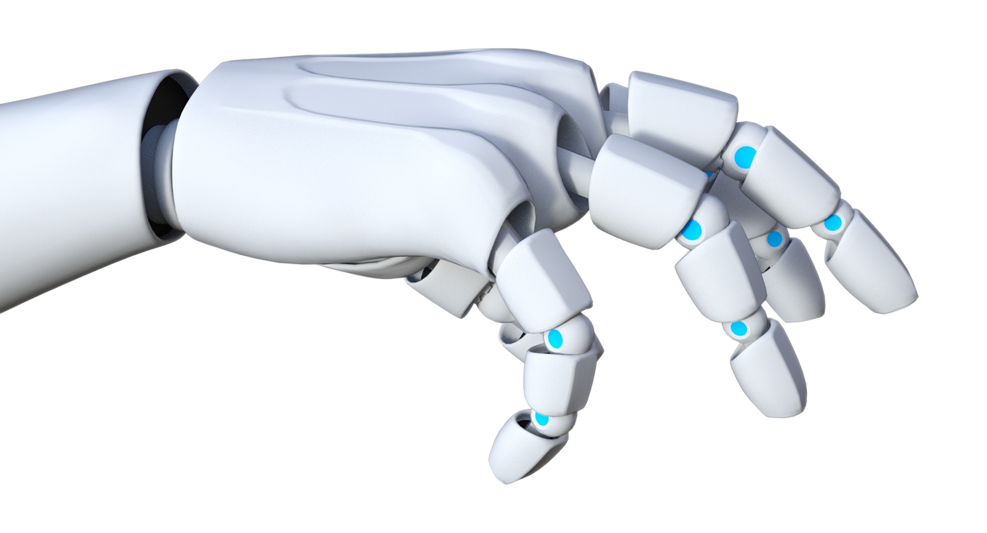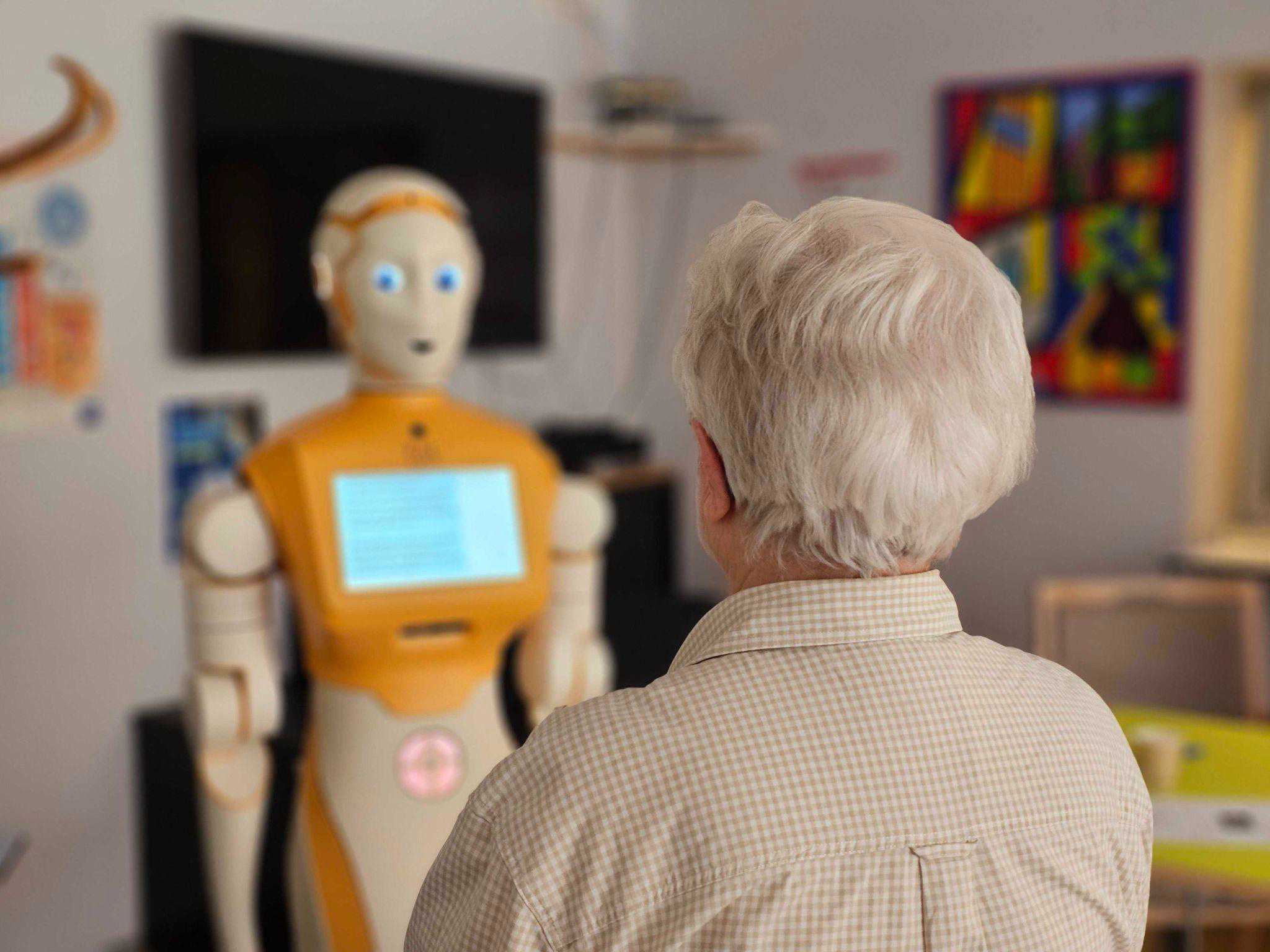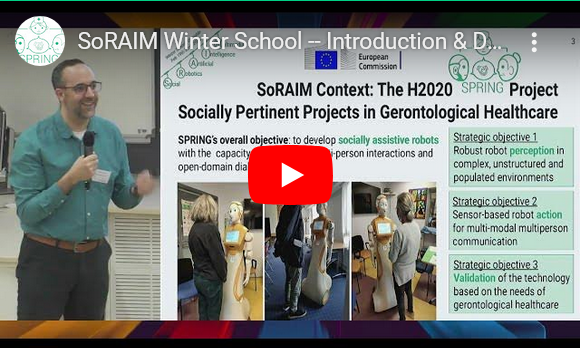
About the project
In the past five years, social robots have been introduced into public spaces, such as museums, airports, commercial malls, banks, company show rooms, hospitals, and retirement homes, to mention a few examples. In addition to classical robotic skills such as navigation, grasping and manipulating objects, i.e. physical interactions, social robots must be able to communicate with people in the most natural way, i.e. cognitive interactions.
To properly fulfil social roles and successfully execute social tasks, there is a crucial need for robots able to move, see, hear and communicate in complex and unstructured populated spaces.




